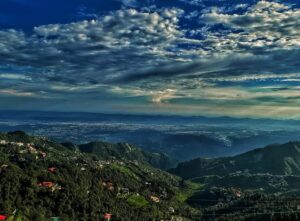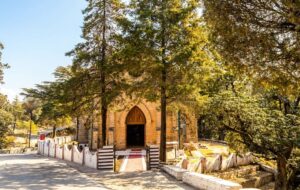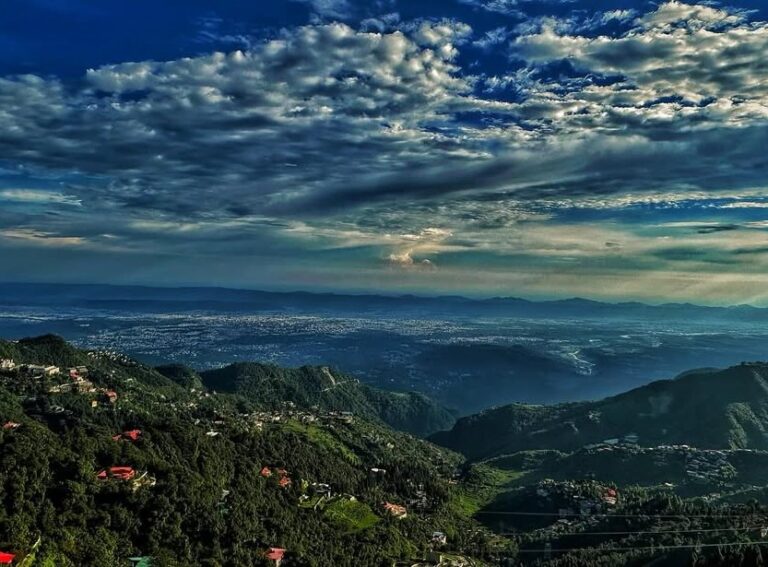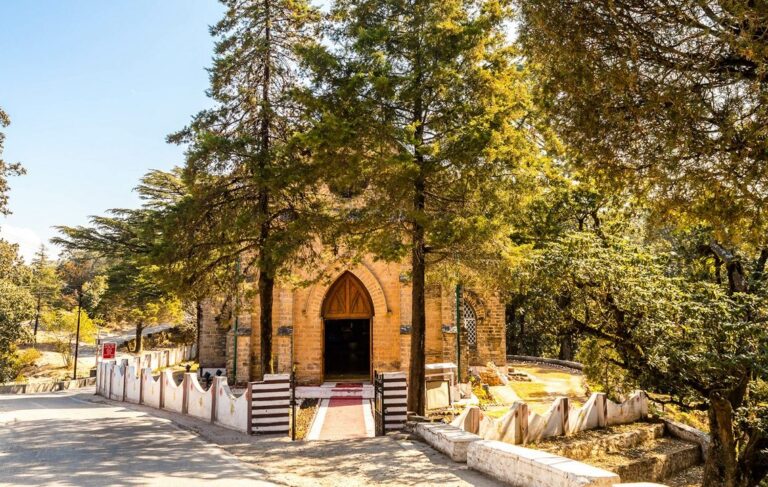Secret of Manikarnika Ghat’s Cremation at Night in Varanasi
Manikarnika Ghat, where time seems to stand still and spirituality transcends earthly boundaries. In the heart of this ancient city lies the revered Manikarnika Ghat, an iconic place of pilgrimage and an embodiment of the cycle of life and death. Join us on this virtual tour as we uncover the historical, cultural, and spiritual significance of Manikarnika Ghat, offering an enriching experience for both the curious traveler and the devout seeker.
History and Legend:
Varanasi Manikarnika Ghat, also known as the “Burning Ghat,“ has a history that dates back centuries. According to Hindu mythology, it is believed to be the spot where Lord Shiva’s beloved consort, Goddess Parvati, dropped her earring (Manikarnika) into the holy river Ganges.
This led to the creation of a sacred well, hence the name Manikarnika. The ghat has since become a site of immense spiritual importance and is intricately woven into the fabric of Varanasi’s cultural heritage.
Rituals and Ceremonies:
Varanasi Manikarnika Ghat serves as the main cremation ground in Varanasi, where the last rites of departed souls are performed with deep reverence. Witnessing the cremation rituals can be a profound experience, as it symbolizes the transient nature of human existence and the belief in the cycle of birth and death.
While it may seem intense for some, it is an integral part of Hindu tradition and offers a unique perspective on mortality and spirituality.
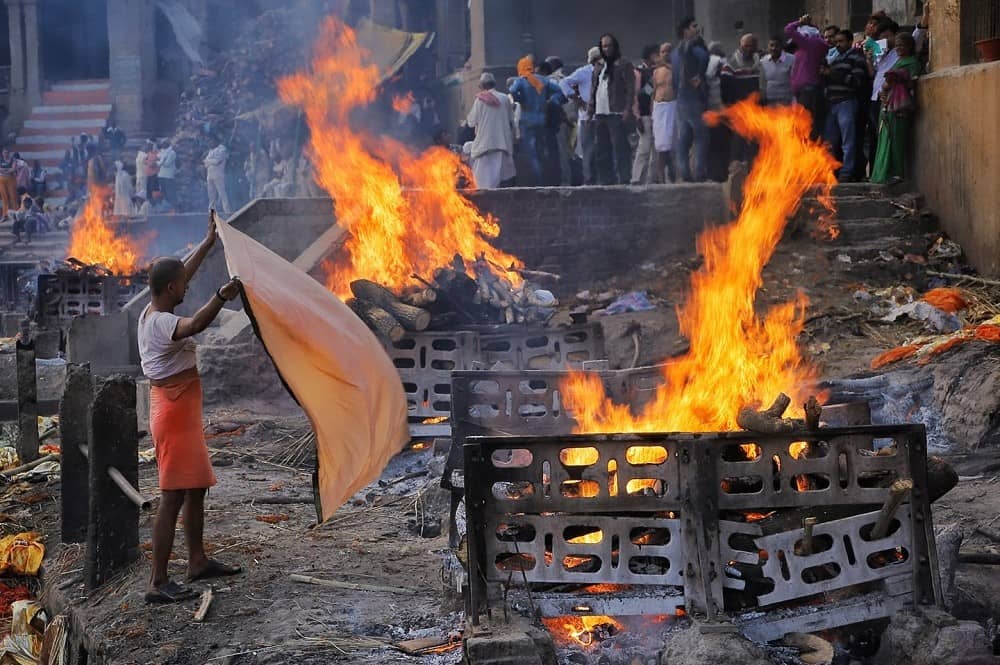
Cultural Significance:
Varanasi Manikarnika Ghat is not only a site of religious devotion but also a center for cultural activities and rituals. Many religious ceremonies, festivals, and processions originate from this ghat.
The renowned Ganga Aarti, a captivating ritual performed every evening, is a sight to behold. Devotees gather to witness the synchrony of fire, water, and incantations as they pay homage to the river Ganges, the lifeline of Varanasi.
Navigating the Ghat:
As you make your way through the labyrinthine alleys of Varanasi, reaching Varanasi Manikarnika Ghat is relatively straightforward. It is situated near the Dashashwamedh Ghat, one of the most prominent and accessible ghats in the city. Engaging a local guide can enhance your experience, as they can provide historical context and ensure respectful behavior during your visit.
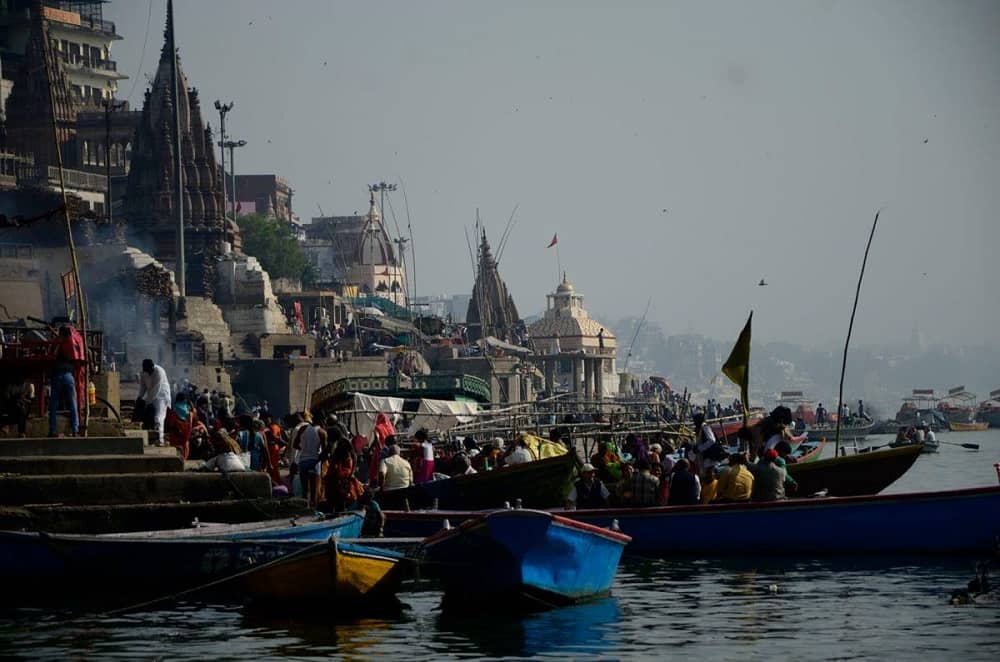
Dos and Don’ts:
When visiting Varanasi Manikarnika Ghatt, it is essential to respect the religious and cultural practices associated with the cremation ground. Here are some dos and don’ts to keep in mind:
Dos:
- Dress modestly and respectfully, covering your shoulders and legs.
- Maintain silence and avoid unnecessary conversations or photography.
- Observe the rituals and customs from a distance, respecting the privacy of mourners.
- Seek guidance from local authorities or guides to gain a deeper understanding of the traditions and significance of the ghat.
Don’ts:
- Do not take photographs or record videos of the cremation ceremonies.
- Refrain from interrupting or interfering with the rituals.
- Avoid touching the ashes or any ceremonial items.
- Do not litter the surroundings; dispose of waste in designated bins.
Travel Information:
- Best Time to Visit: Varanasi experiences a tropical climate. The months from October to March offer pleasant weather, making it an ideal time to visit Manikarnika Ghat.
- Accommodation: Varanasi offers a wide range of hotels and guesthouses to suit various budgets. You can find accommodations near the ghat or in nearby areas like Dashashwamedh Ghat or Assi Ghat.
- Local Attractions: While in Varanasi, explore other significant attractions such as Dashashwamedh Ghat, Sarnath, Kashi Vishwanath Temple, and Ramnagar Fort.
Conclusion:
Varanasi Manikarnika Ghatis a place where the circle of life and death unfolds daily. Its divine aura, deep-rooted history, and cultural significance make it a remarkable destination for spiritual seekers.
Visitors should approach this sacred space with reverence and respect, immersing themselves in the profoundness of ancient traditions. A visit to Varanasi Manikarnika Ghatis a transformative experience that connects one with the eternal cycle of life, death, and salvation.
(Note: Before visiting Varanasi Manikarnika Ghat or any other religious site, it is advisable to check for any local customs, guidelines, or restrictions that may be in place to ensure a respectful visit.)


